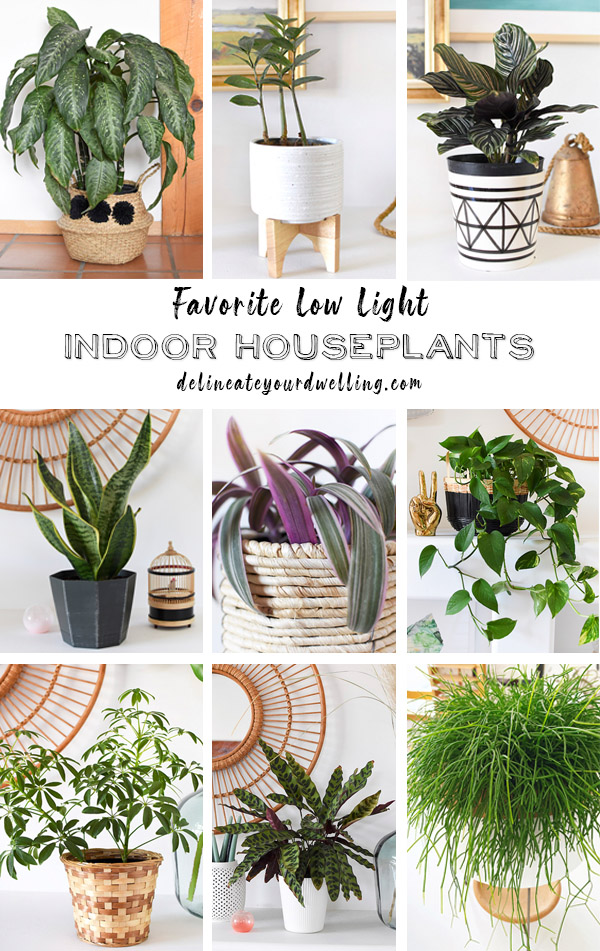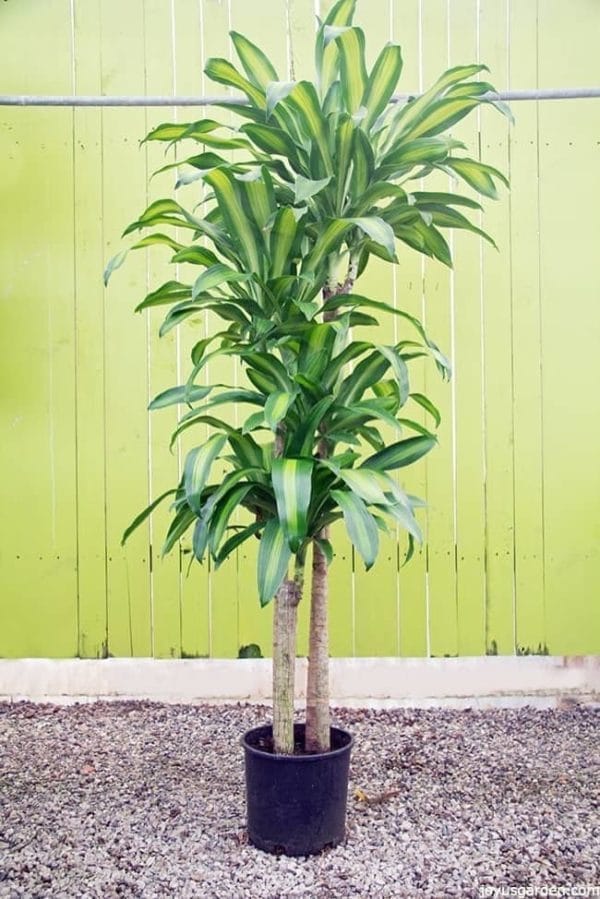Best Low-Light Indoor Plants for Creating a Relaxing and Green Environment
Best Low-Light Indoor Plants for Creating a Relaxing and Green Environment
Blog Article
Discover the very best Low-Light Indoor Plants for Enhancing Your Home Décor
Integrating low-light interior plants right into your home decor can dramatically enhance both looks and environment, particularly in areas that do not have plentiful natural light. Ranges such as the Snake Plant and ZZ Plant not just bring life to dim edges but also contribute to enhanced air quality and overall health.

Why Select Low-Light Plants
Why choose for low-light plants in your interior spaces? The contemporary living setting often presents challenges such as limited natural light, making it hard for standard houseplants to grow. Low-light plants are especially adjusted to survive and prosper in these conditions, providing a sensible remedy for people looking for to boost their indoor rooms without the added anxiety of maintaining a lot more light-demanding plants.
Along with their durability, low-light plants add substantially to the visual appeals of an area. Their varied series of colors, forms, and sizes permits distinct interior decoration chances, creating welcoming and vibrant environments. In addition, interior plants are recognized for their air-purifying qualities, improving indoor air high quality by releasing and filtering toxic substances oxygen, which can improve total health.
Low-light plants additionally require minimal upkeep, making them specifically interesting hectic individuals or those new to gardening. Their flexibility enables placement in various environments, from workplace to poorly lit edges of the home. By picking low-light plants, you can enjoy the benefits of greenery without the constraints that usually accompany standard horticulture, ultimately fostering a healthier and a lot more aesthetically enticing interior setting.
Leading Low-Light Indoor Plants
For those looking for to enhance their indoor areas with plant that grows in low-light conditions, several plant choices attract attention for their strength and aesthetic allure. The Serpent Plant (Sansevieria trifasciata) is a popular selection, understood for its upright, sword-like leaves and capacity to tolerate neglect. This durable plant can make it through in poorly lit locations while enhancing indoor air high quality.
One more superb option is the Pothos (Epipremnum aureum), characterized by its heart-shaped leaves and trailing creeping plants. When put on shelves or hanging baskets., Pothos is not only adaptable to reduced light yet also supplies a striking aesthetic comparison.
The ZZ Plant (Zamioculcas zamiifolia) is similarly remarkable, boasting glossy, dark green leaves that can brighten up any edge. Its dry spell resistance makes it optimal for busy home owners.
Care Tips for Low-Light Plants
Just how can you ensure that your low-light indoor plants prosper regardless of minimal sunlight? First, pick the ideal potting mix that provides good drain while maintaining dampness. A well-aerated soil, such as a blend of potting dirt and perlite, can aid stop origin rot.
Watering is crucial; low-light plants normally call for less regular watering compared to their sun-loving counterparts. Constantly inspect the leading inch of the soil-- if it really feels dry, it's time to water. Be mindful of overwatering, as this can bring about fungal issues and origin decay.
Feeding low-light plants need to be done sparingly - Best low-light indoor plants. Make use of a balanced, water-soluble plant food during the expanding season, yet get rid of or lower fertilizing in the inactive months
Additionally, dust can gather on leaves, preventing photosynthesis. Delicately clean the leaves with a damp towel to keep them tidy.
Finally, observe your plants carefully. Signs of distress, such as yellowing fallen leaves or leggy growth, can show that your plant needs changes in treatment (Best low-light indoor plants). By complying with these treatment ideas, your low-light indoor plants can flourish, including important source charm and vitality to your home
Imaginative Ways to Show Plants
Raising the aesthetic appeal of your interior area can be attained by attentively showing your low-light plants in creative methods. Take into consideration making use of vertical room to your advantage; wall-mounted racks can display check these guys out routing plants like pothos or philodendron, including lushness while saving floor room. Additionally, utilize plant stands of varying elevations to create visual passion and depth, drawing the eye upward.
Hanging planters are one more excellent alternative, offering a dramatic impact when suspended from the ceiling or hooks. Macramé wall mounts can introduce appearance and bohemian flair, while modern-day ceramic hangers can match a minimal aesthetic. For an extra ingenious method, repurpose distinct containers such as vintage teacups or glass containers, which can add individuality to your display.
Grouping plants in collections is also reliable; use differing pot sizes and colors to produce a natural appearance. This technique not only boosts aesthetic effect yet additionally gives a natural habitat feel - Best low-light indoor plants. Lastly, think about positioning plants near lights like lights or windows to enhance their development and showcase their lively foliage, thus improving the total ambiance of your interior atmosphere.
Benefits of Indoor Greenery
Countless researches have actually shown that including interior greenery into your living room uses a wide range of advantages, boosting both psychological and physical well-being. Among one of the most considerable advantages of interior plants is their capability to enhance air high quality. Plants soak up carbon dioxide and release oxygen, creating a much healthier atmosphere while also filtering system out hazardous contaminants, thus promoting respiratory system health.
In addition, the existence of plant has actually been linked to minimized stress levels. Research study indicates that connecting with plants can lower cortisol levels, which are related to anxiety. This soothing effect can result in enhanced mood and increased efficiency, making interior plants a perfect enhancement to offices.
Furthermore, indoor greenery can improve cognitive function. Research studies Related Site suggest that environments enhanced with plants can cause increased emphasis, creativity, and overall psychological clearness. The aesthetic allure of indoor plants also adds to a more inviting and positive environment, favorably affecting social communications and total satisfaction within a space.
Final Thought

Including low-light indoor plants right into your home decoration can considerably improve both aesthetics and environment, specifically in areas that lack abundant natural light. Selections such as the Snake Plant and ZZ Plant not just bring life to lower edges yet also contribute to improved air quality and general wellness. Indoor plants are known for their air-purifying top qualities, improving interior air top quality by launching and filtering contaminants oxygen, which can improve overall wellness.
For those seeking to enhance their indoor spaces with plant that flourishes in low-light conditions, several plant choices stand out for their durability and visual charm. These resistant plants, such as the Serpent Plant and ZZ Plant, grow in dark problems and need marginal upkeep, making them appropriate for different way of lives.
Report this page